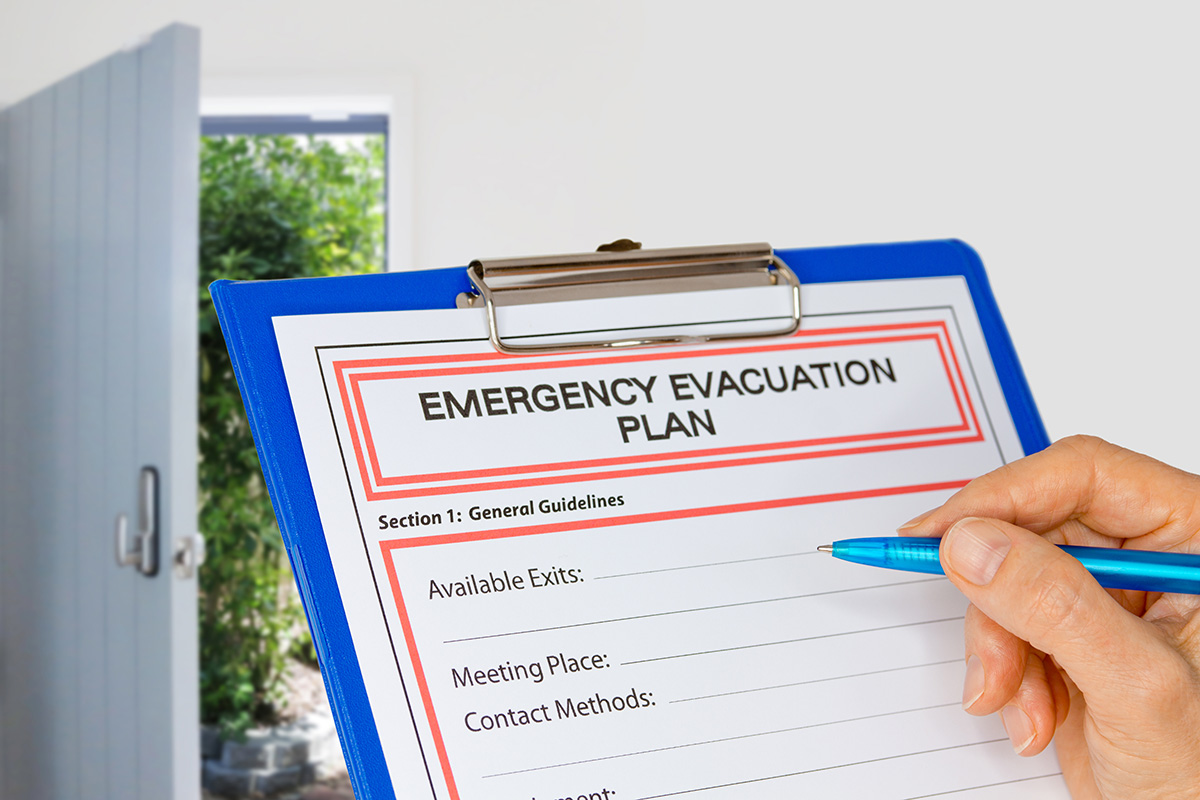Fire Safety Strategy: A Guide to Protecting Lives and Property
Fire safety is an essential aspect of ensuring the safety of individuals and the protection of property. A well-defined fire safety strategy is crucial for preventing fires, mitigating their impact, and ensuring the safe evacuation of occupants in case of an emergency. Here we delve into the fundamentals of fire safety strategy, outlining the key steps involved in developing and implementing an effective plan.
Understanding the Importance of Fire Safety
Fires can cause extensive damage, loss of life, and economic hardship. According to the UK government, approximately 19,000 fires occur in domestic properties each year, resulting in 200 deaths and 3,000 injuries These statistics highlight the critical need for comprehensive fire safety strategies that can minimise the risk of fire occurrences and ensure the safety of occupants.
Key Elements of a Fire Safety Strategy
A comprehensive fire strategy encompasses a range of measures designed to prevent fires, mitigate their impact, and ensure the safe evacuation of occupants. These measures can be broadly categorised into four main areas:
Fire prevention: This aspect focuses on eliminating or reducing the potential for fires to occur. It includes measures such as conducting regular inspections to identify and address fire hazards, educating occupants about fire safety practices, and implementing proper storage and usage of flammable materials.
Fire detection and alarm: Prompt detection of a fire is crucial for timely evacuation and minimising the spread of the blaze. This involves installing and maintaining smoke detectors and fire alarms, ensuring they are interconnected and regularly tested, and providing clear signage to guide occupants to exits.
Fire suppression: Effective fire suppression systems can control and extinguish fires, limiting their damage and preventing further spread. This encompasses measures such as installing sprinkler systems, utilising portable fire extinguishers, and maintaining adequate water supply for firefighting operations.
Evacuation planning and training: Safe evacuation is paramount in the event of a fire. A well-defined evacuation plan outlines the escape routes, assembly points, and communication procedures for occupants. Regular fire drills enable occupants to practice their evacuation procedures and familiarise themselves with the layout of the building.
Developing a Fire Safety Strategy
Creating an effective fire safety strategy requires a systematic approach that considers the unique characteristics and occupancy of the building. The following steps provide a framework for developing a comprehensive fire safety strategy:
Risk assessment: Conduct a thorough assessment of the building’s fire risks, considering factors such as building construction, occupancy type, flammable materials, and potential ignition sources.
Hazard identification: Identify and prioritise potential fire hazards, including electrical faults, flammable liquids, combustible materials, and inadequate ventilation.
Implement preventive measures: Develop and implement specific measures to address identified hazards, such as regular inspections, training programs, and proper storage procedures.
Select and install fire protection systems: Choose appropriate fire detection and suppression systems based on the identified fire hazards and building characteristics.
Develop evacuation plans and procedures: Create detailed evacuation plans for different scenarios, ensuring clear signage, designated assembly points, and effective communication channels.
Conduct regular fire drills: Conduct regular fire drills to familiarise occupants with evacuation procedures, identify potential issues, and improve response times.
Maintain and test fire protection systems: Regularly inspect, maintain, and test fire detection, alarm, and suppression systems to ensure they are functioning properly.
Review and update the strategy: Regularly review and update the fire safety strategy based on changes in occupancy, building modifications, or new fire safety regulations.
In conclusion, a well-defined and implemented fire safety strategy is an essential component of any building’s operations. By prioritising fire prevention, early detection, effective suppression, and safe evacuation, individuals and organisations can significantly reduce the risk of fire incidents and mitigate their impact. By adopting a proactive approach to fire safety, we can protect lives, safeguard property, and ensure the safety of our communities.
For more information on Fire Safety Strategy contact Total Safe UK.

